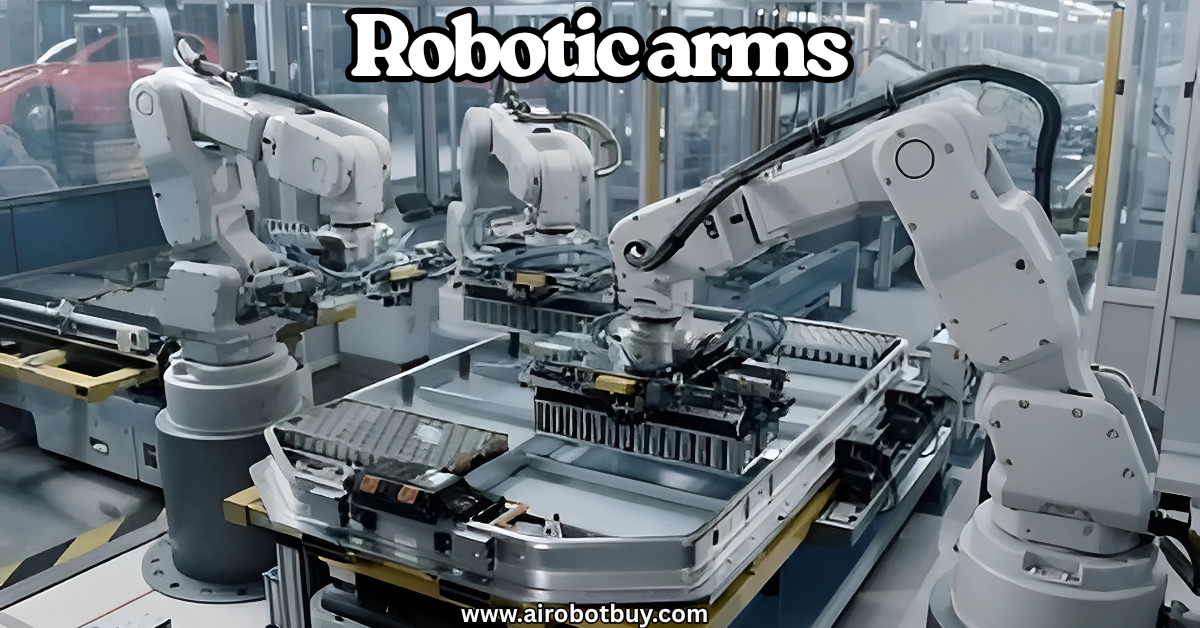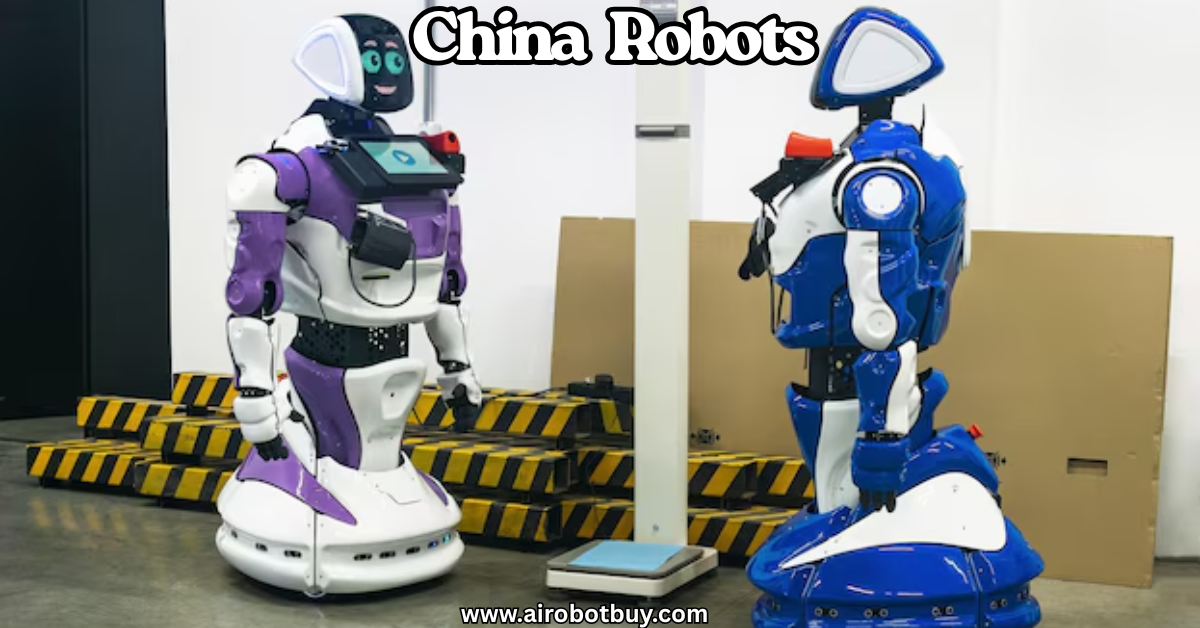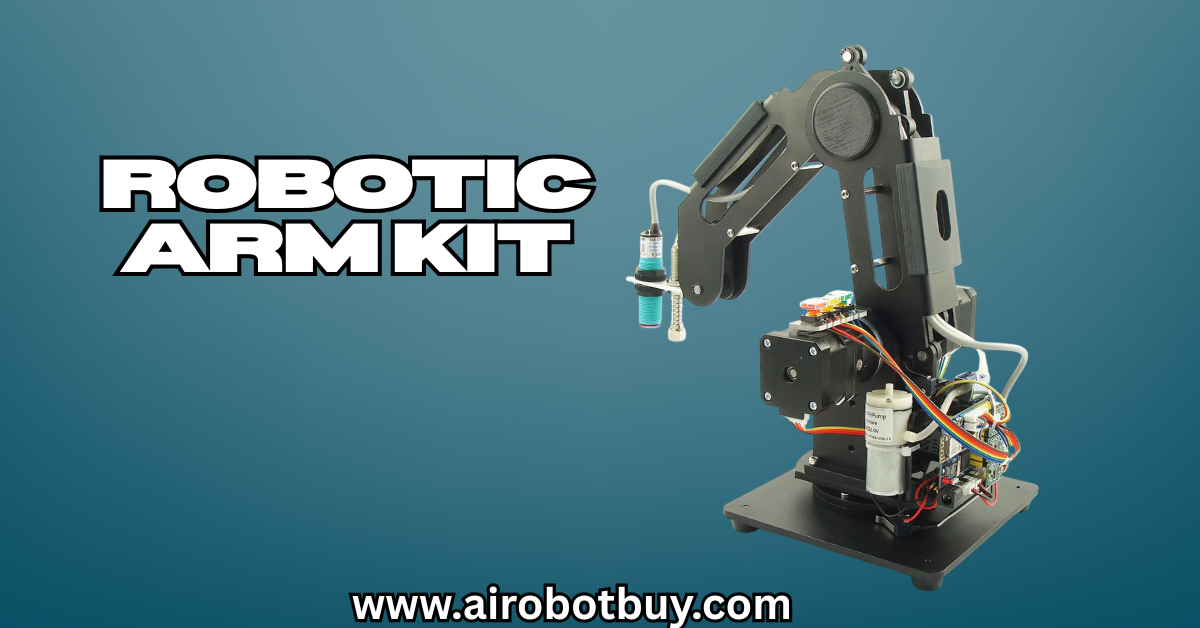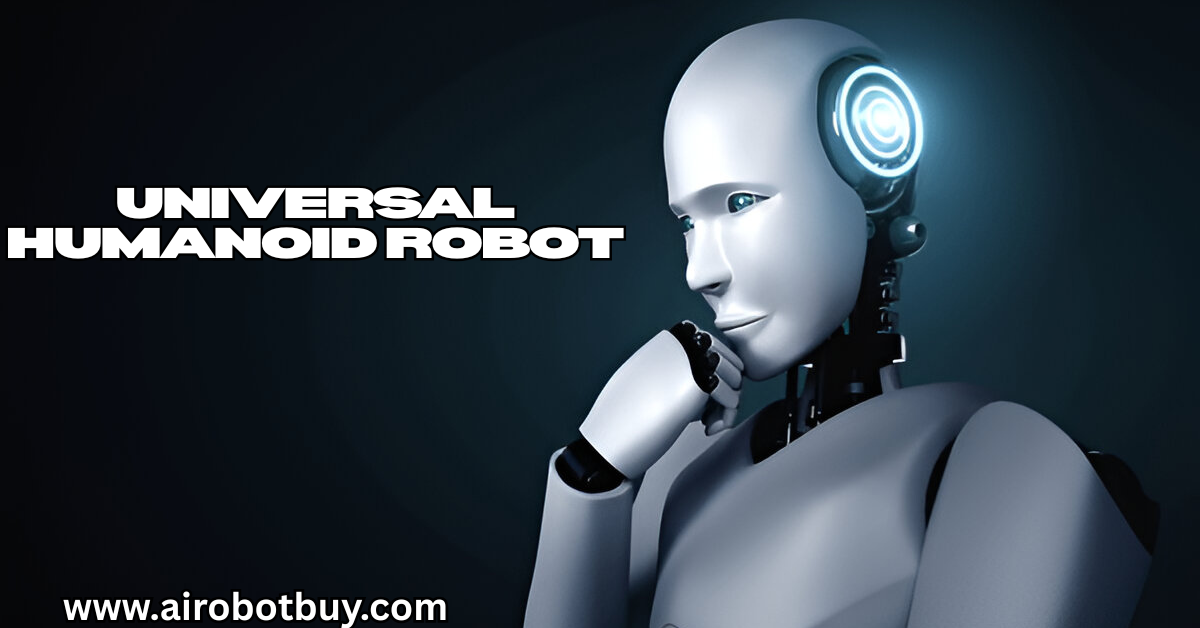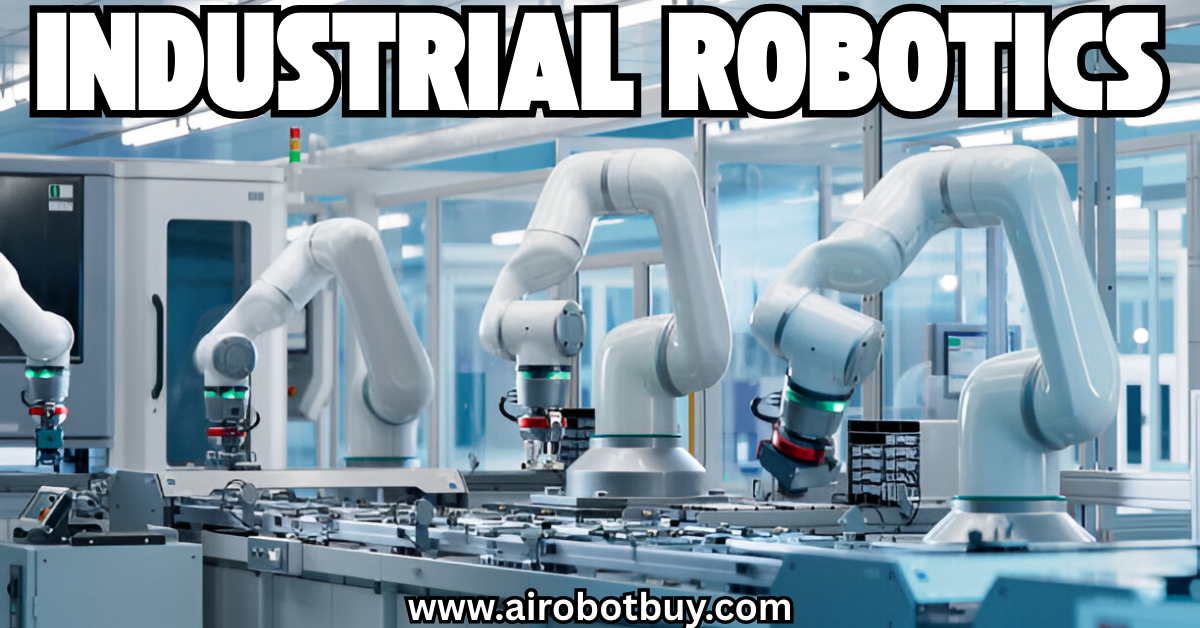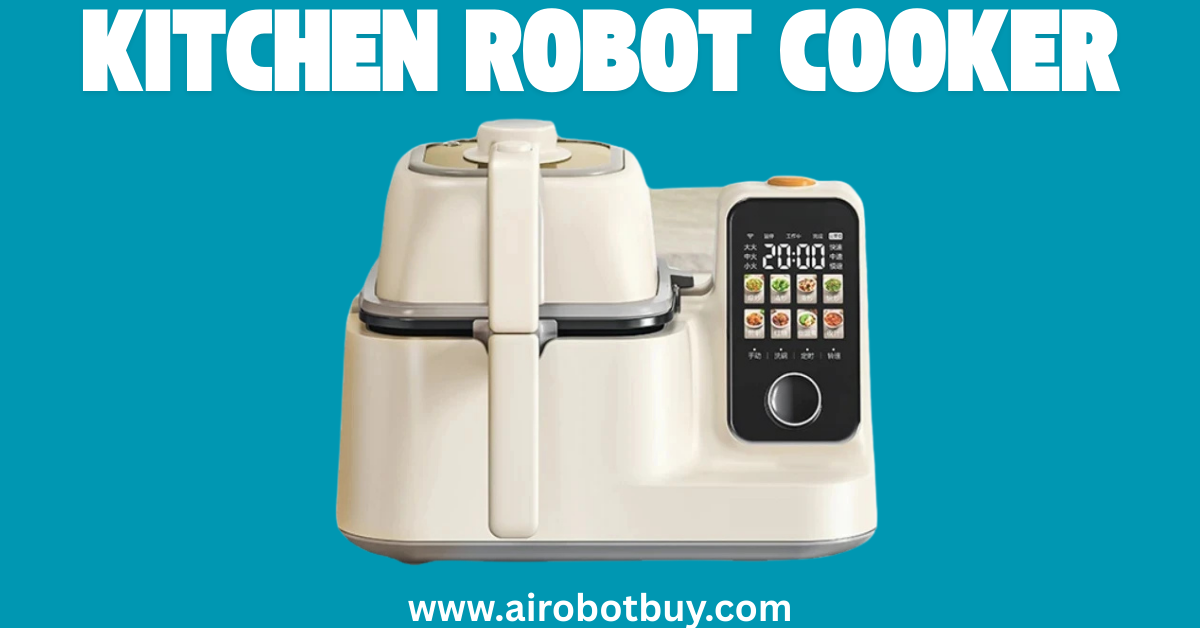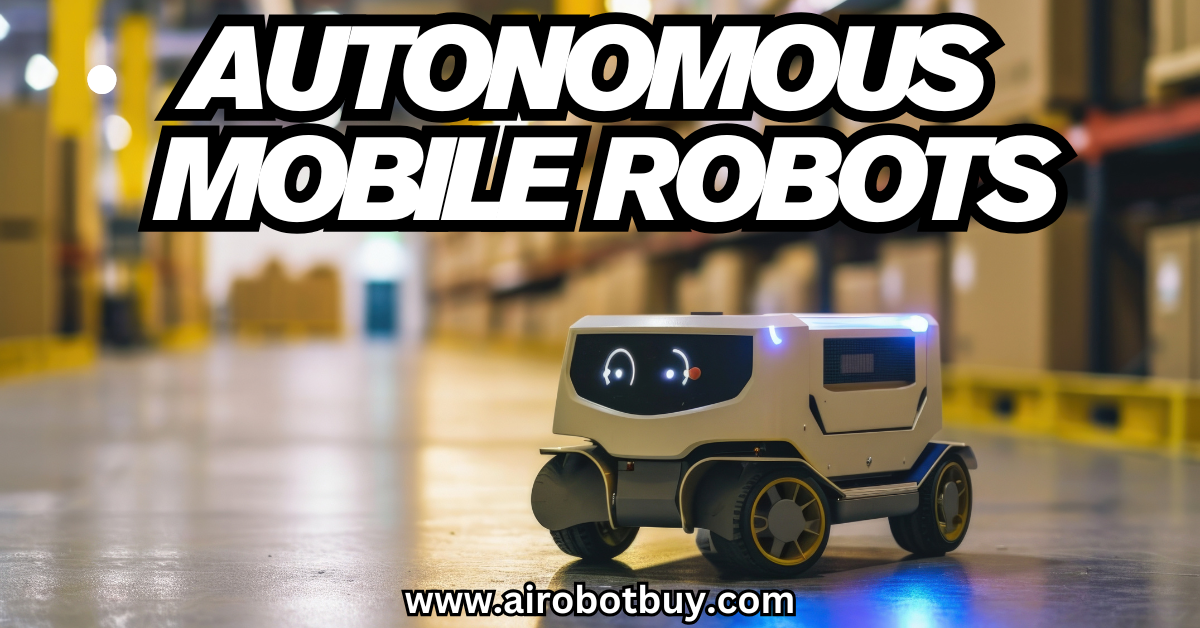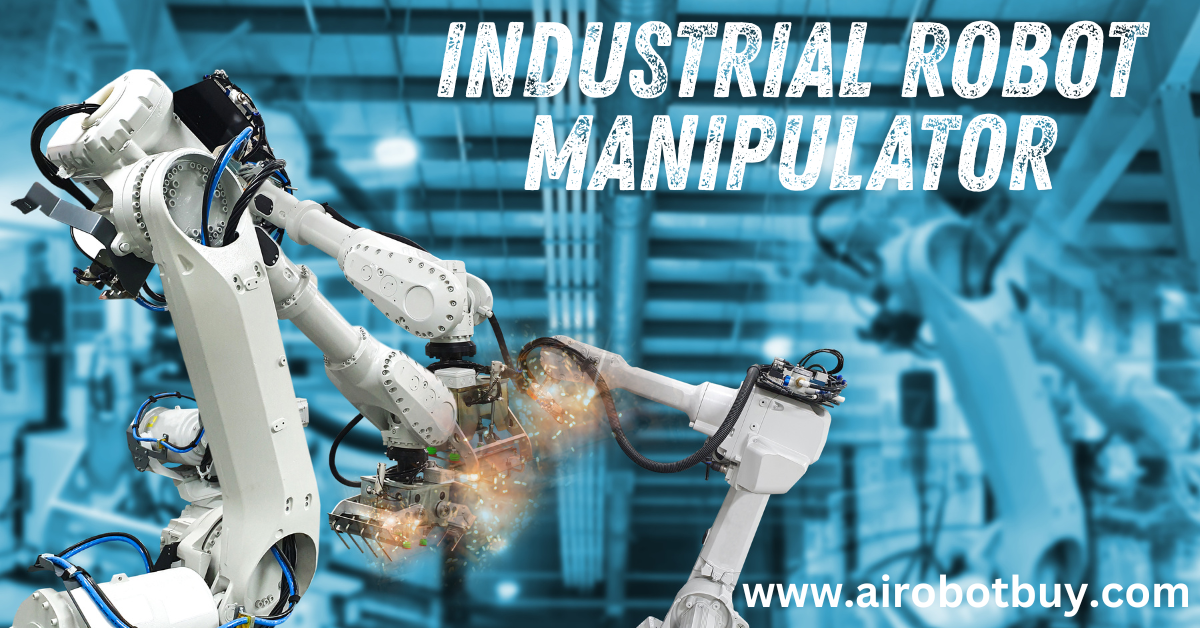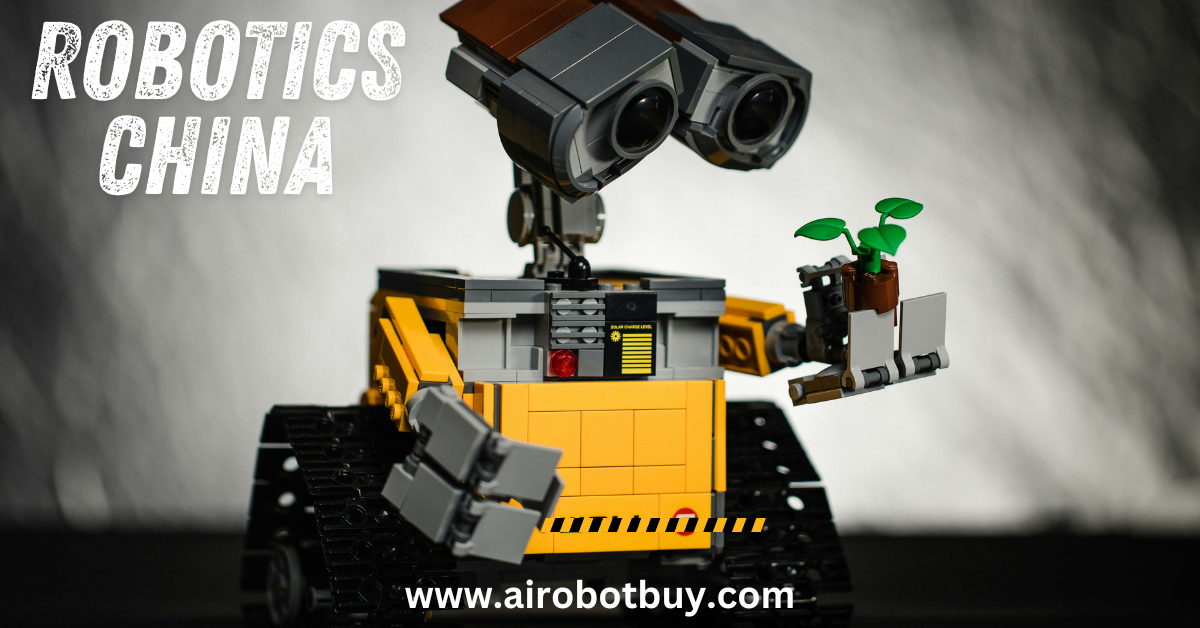The food truck industry has long been a flexible and affordable entry point for food entrepreneurs. From busy downtown streets to college campuses and music festivals, traditional food trucks serve millions of meals every year. But behind the popularity, the model comes with built-in limitations—high labor costs, operational downtime, and limited scalability. As cities grow more crowded and customer expectations evolve, the pressure to deliver fast, consistent, and affordable meals is higher than ever.
At the same time, automation and robotics are reshaping industries around the world. What was once limited to factories and warehouses is now entering the food sector in full force. One clear example is the rise of robotic food trucks—autonomous units that cook, serve, and manage orders with minimal human input. Among these innovations, the Flash Food Truck Robot stands out as a solution designed to solve real-world food service problems using practical, proven technology.
This robot isn’t just a novelty. It’s a new way to think about how food is prepared and delivered on the go—faster, smarter, and more efficiently than ever before.
Flash Food Truck Robot Revolutionizing the Traditional Food Truck Experience

In this guide, we will explain how the Flash Food Truck Robot is revolutionizing the traditional food truck experience step by step.
The Problem with Traditional Food Trucks
Food trucks are popular, but the model has limitations that most people don’t see at first glance. These issues grow over time and create obstacles for both owners and customers.
- Labor Intensity: Traditional food trucks require at least two to four staff members daily. Tasks like cooking, taking orders, serving food, and cleaning demand human involvement at every step.
- Limited Working Hours: Food trucks often operate within fixed time slots—mostly during lunch or dinner—because of staffing constraints, local regulations, and supply chain delays.
- Inconsistent Food Quality: Manual preparation varies depending on who is working that day, leading to irregular food taste, portion sizes, and wait times.
- Downtime and Maintenance: Trucks break down. Generators fail. A single mechanical issue or sick staff member can shut down operations for hours or even days.
- High Running Costs: Beyond food ingredients, truck owners pay for fuel, staff wages, kitchen equipment, licensing, maintenance, and insurance—all of which reduce profit margins.
- Queue Frustration: Long lines during peak hours cause many customers to skip ordering altogether, resulting in lost sales. Visit here!
These recurring issues limit how far and fast a food truck business can grow.
Agitating the Problem
Let’s take these problems further to understand their real-world impact.
- Customers expect fast service. A 10-minute line during lunch hour can drive them to a faster competitor.
- Workers expect fair wages, but food trucks often operate on slim margins. This leads to underpaid staff or overworked owners.
- Equipment needs regular upkeep. When trucks are off the road, owners lose revenue daily. There’s no plan B when something breaks.
- Regulatory issues are common—health checks, location permits, and noise regulations slow down operations and add to admin work.
All of this makes running a food truck more stressful and less scalable than it seems on paper.
Introducing the Flash Food Truck Robot
The Flash Food Truck Robot is a compact, automated vehicle built for preparing, serving, and selling food with minimal human intervention. It operates like a fully functional kitchen but runs on software, robotics, and smart sensors instead of a human team.
What it includes:
- A robotic cooking system pre-programmed with multiple food recipes.
- Digital ordering via touchscreen or mobile app.
- Built-in contactless payment options.
- Real-time inventory and sales tracking via cloud dashboard.
- AI-based scheduling to move or activate the truck in high-demand areas.
Unlike traditional food trucks, the robot doesn’t need a staff of cooks or cashiers. Once loaded with ingredients and powered on, it can serve hundreds of meals without direct supervision.
How It Differs from Traditional Food Trucks
Here’s a side-by-side comparison to clearly understand the difference:
| Feature | Traditional Food Truck | Flash Food Truck Robot |
|---|---|---|
| Staffing | 2–4 employees | 0 (monitored remotely) |
| Cooking Method | Manual | Automated & programmable |
| Order Taking | Face-to-face | Touchscreen or mobile app |
| Payment | Cash or card | Contactless only |
| Operation Time | 6–10 hours/day | Up to 24/7 |
| Setup Time | 1–2 hours | 5–10 minutes |
| Maintenance Complexity | Medium to high | Modular and replaceable parts |
| Quality Consistency | Varies | High and repeatable |
| Energy Source | Fuel + Generator | Battery-powered or hybrid |
These differences highlight why the Flash Food Truck Robot offers a more sustainable and scalable option for food service on the go.
Real-World Benefits
Using Flash Food Truck Robots can transform how food is served and sold on the street.
1. Lower Costs
- Labor reduction means you save up to 60–80% on staffing.
- Less human error reduces waste and increases profit margins.
2. Higher Efficiency
- Meals are ready in a predictable time (e.g., 2–4 minutes), ensuring fast turnover.
- Inventory tracking ensures the robot only gets stocked when needed.
3. Better Availability
- The robot can run early morning, during off-peak hours, or even overnight.
- Great for events, factory zones, campuses, and 24-hour service areas.

4. Scalable Deployment
- With a small team, you can manage multiple robots across different cities.
- Menu updates, pricing, and monitoring are done remotely.
5. Reduced Human Error
- Recipes are followed exactly.
- Food is cooked to the same temperature every time.
- No forgetting orders or making wrong dishes.
These advantages make robotic food trucks more viable in crowded, fast-moving urban settings.
The Technology Behind the Flash Food Truck Robot
Several technologies work together to make the robot operate smoothly.
Core Components:
- Robotic Cooking Arm: Handles tasks like flipping, mixing, heating, and plating.
- Ingredient Dispensers: Automatically measure and dispense sauces, toppings, and raw materials.
- Touch Interface: Users place orders directly on the robot or through an app.
- Cloud Control Panel: Monitors food stock, machine health, and performance in real-time.
- Sensor Systems: Detect temperature, weight, and motion to ensure safety and reliability.
- Power Management: Hybrid systems ensure uninterrupted operation, even in outdoor or off-grid areas.
How it works:
- User places an order via touchscreen.
- Robot checks inventory and prepares food using programmed steps.
- Cooking arms execute tasks like frying, grilling, or mixing.
- Completed meal is served through a secure tray or window.
- All data is logged for operations and analytics.
This system requires no cooking skills to operate, just basic training to restock and clean.
Industry Trends That Support the Shift
The rise of robotic food trucks isn’t happening in isolation. It fits into larger global trends.
1. Labor Shortages
- Many food businesses struggle to hire reliable staff.
- Robots can work continuously without breaks, sick leave, or turnover issues.
2. Urban Congestion
- Cities are denser. Small, mobile robots can serve more people in tight spaces.
3. Tech Adoption
- Consumers are used to self-service kiosks and food delivery apps.
- Flash robots offer the same convenience, but on-site and immediate.
4. Post-COVID Behavior
- Reduced physical contact is still preferred.
- The robot eliminates cash handling and face-to-face interactions.
5. Data-Driven Decisions
- Traditional food trucks can’t track what sells and what doesn’t as easily.
- Flash Food Truck Robot offer real-time analytics on orders, peak times, and stock levels.
Together, these trends create the right environment for Flash Food Truck Robots to thrive.
FAQs
Q1: Will this eliminate food truck jobs?
A: Not entirely. Jobs will shift from cooks to operators, technicians, and fleet managers. One person can now manage 5–10 robots, creating more flexible and tech-forward job roles.
Q2: Can robot match the quality of human-made food?
A: Yes, for many types of food. Meals like sandwiches, rice bowls, noodles, or burgers are easily replicated with consistent quality. Custom dishes are less suitable, but mass-appeal foods work well.
Q3: What about maintenance?
A: Most Flash Food Truck robotic use modular parts. If one part fails, it’s replaced—not repaired on-site. Daily maintenance includes cleaning trays and restocking ingredients, which takes under an hour.
Q4: How much does it cost to run a Flash Food Truck Robot?
A: Initial investment is higher than a traditional truck. However, long-term costs are lower due to fewer staff, higher uptime, and better efficiency. Many companies report break-even points within 18–24 months.
Q5: Will customers trust robots to make their food?
A: Trust is growing. If the food is hot, tasty, and safe, most customers don’t mind who—or what—made it.
What’s Next for Flash Food Truck Robots?
This is just the beginning. Flash Food Truck Robot are expected to evolve further in the coming years.
What to expect:
- Specialized Units: Some Flash Food Truck robot will focus on a single food item—pizza, dumplings, ice cream—to maximize speed and reduce ingredient variety.
- Fleet Management Platforms: Centralized dashboards to control dozens or even hundreds of robots in different cities.
- Eco-Friendly Models: Solar-powered units and energy-efficient systems are in the pipeline.
- AI Personalization: Future systems may learn customer preferences and recommend meals automatically.
- Subscription Services: Businesses could lease robots with bundled support, menus, and maintenance plans—lowering the entry barrier even more.
The future of mobile food service is data-driven, automated, and efficient. Robots won’t replace food culture. But they will reshape how food is delivered on the go.

Conclusion
The Flash Food Truck Robot is more than a technological upgrade—it represents a complete shift in how mobile food service can operate in today’s fast-paced, urban environment. By removing the traditional barriers of labor costs, inconsistent quality, and limited hours, this robotic solution offers a smarter, leaner, and more scalable model for food entrepreneurs and service providers.
It’s not about replacing the heart of street food culture—it’s about improving the system that supports it. With automated cooking, real-time inventory tracking, and remote management, businesses can serve more customers, in more locations, with fewer overheads. For consumers, the benefit is clear: faster service, consistent food quality, and the convenience of ordering on demand with minimal wait time.
As trends continue to favor automation, contactless service, and data-driven decisions, the Flash Food Truck Robot fits perfectly into what the future of food looks like. Whether deployed at campuses, industrial zones, or public events, it creates new opportunities while solving long-standing operational problems.
The message is simple: this isn’t a trend—it’s a smarter business model. For anyone looking to enter or upgrade in the food truck space, robotic solutions like this aren’t optional—they’re the next step forward.



















